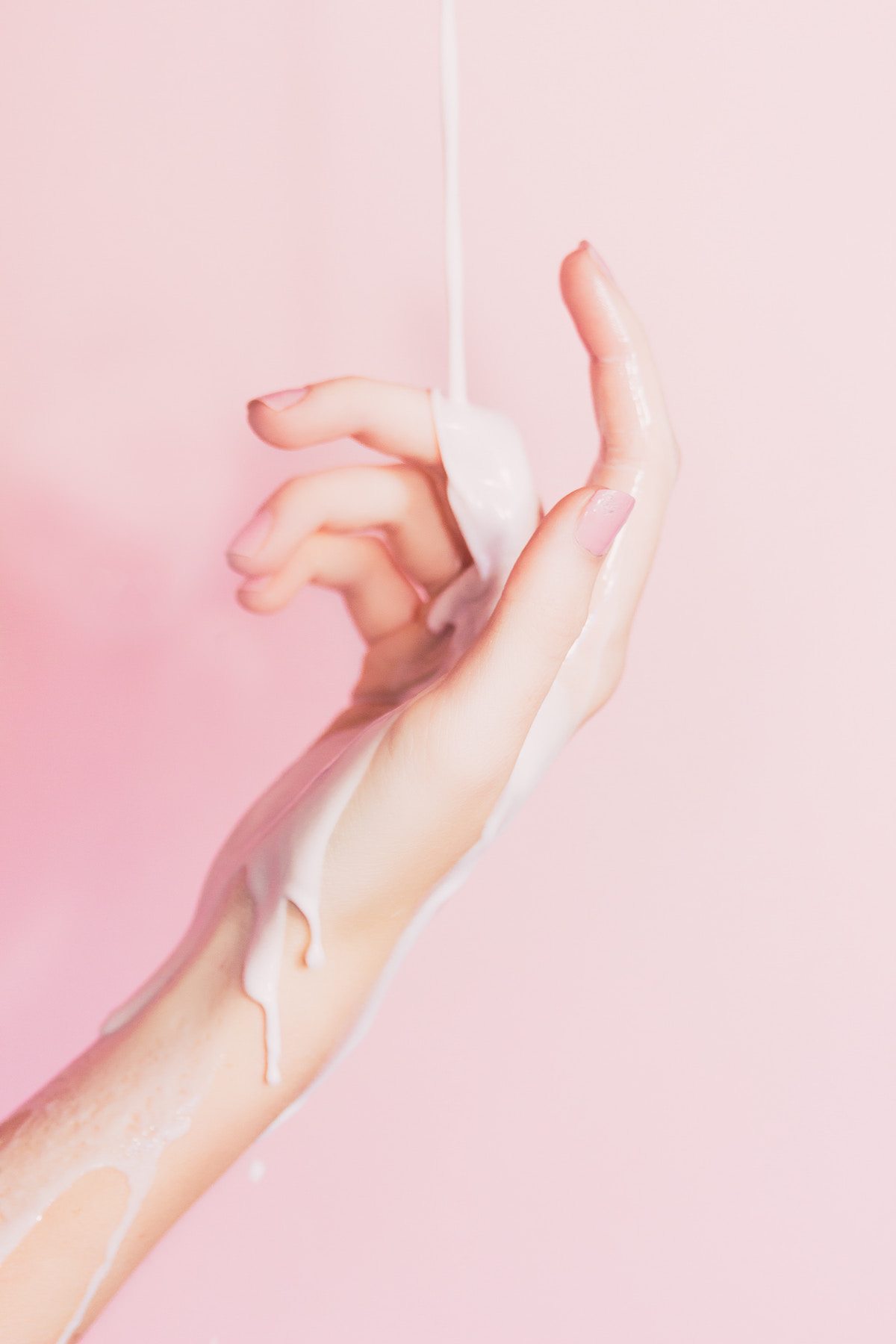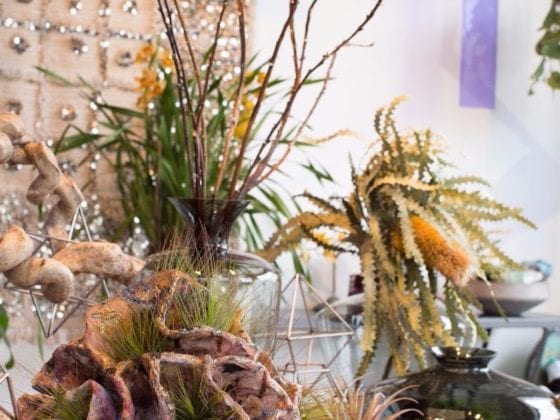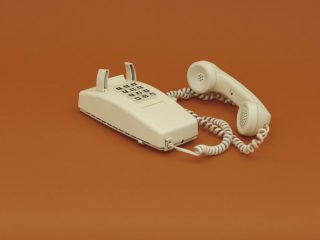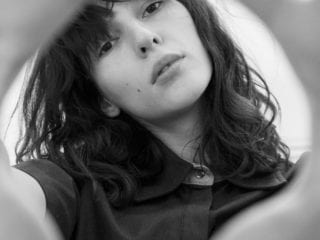If the dry winter weather has you researching ways to indulge your skin, no doubt clays and mud masks have popped up in the search. That’s why we felt this article from Darling Issue 19 would be an in-depth reminder of how different clays work and the ways you can incorporate the right one into your pampering routine. Who knew a little “dirt” could do so much good?
Happy slathering.
Mud
By Francesca Giaimo
Sometimes a return to nature is the purest way to approach our beauty and health routines. People have been using a variety of muds and clays to heal wounds, treat skin, relieve pain and soothe inflammation as far back as history can be recorded. From ancient times through the Middle Ages, the use of earth for its medicinal benefits was very common.
The Egyptians relished in its anti-inflammatory and antiseptic characteristics and it is widely believed that Cleopatra used clays to preserve her beautiful complexion. The Romans, famous for their elaborate bathing ritual, took advantage of clay’s ability to ease digestive problems from overindulgence in food and drink.
Mud therapy gained further popularity in Europe during the 17th century and continued to do so for more than 200 years. During the 1800s, Americans flocked to Calistoga, California, where volcanic ash combined with the warm natural bubbling springs created mud baths, which relieved aching muscles and backs. Today, as people are beginning to look for more natural and alternative ways of healing themselves, the use of muds and clays is stepping into the spotlight once again. They are perhaps our oldest beauty and wellness secret.

… the use of muds and clays is stepping into the spotlight once again. They are perhaps our oldest beauty and wellness secret.
Incorporating muds and clays into our regimens is a simple and ideal way to boost our health, both inside and out. They contain important minerals that can help us function at our best, and because of their ability to absorb, muds and clays are extremely effective at pulling toxins and impurities from our skin’s tissues. They relax our muscles and improve circulation, reduce inflammation and swelling and ease aches and pains, all while helping detoxify and relax our bodies. Some clay can even be taken internally—our bodies absorb the vitamins and minerals in the clay just like they would a supplement. They alkalize the body, remove fluoride, neutralize bad bacteria in the gut and kill viruses while promoting good bacteria, which helps to relieve digestive problems.
There is a variety of clay available on the health and beauty market, and it is important to select the right one for your specific needs. Although natural, clay has a very potent effect. By choosing the proper type, you can guarantee you are targeting your skin’s specific issue. For instance, a super absorbent clay used on sensitive, dehydrated skin will only dry out your complexion further, while a mild clay applied to oily, clogged pores will prove ineffective. Here is a list of popular clay and its beauty benefits.
Kaolin Clay
These clays are available in a variety of colors, each providing different benefits. White kaolin clay, also called China clay, is the most gentle of them and helps to balance the skin’s sebum activity with mild exfoliation. It is best suited to dry and/or sensitive skin. Yellow kaolin clay is a bit more absorbent and helps boost circulation and is a great option for more sensitive or combination skins. Red kaolin clay is the most absorbent of this bunch and wonderful for oily or acne prone complexions. Pure kaolin clays are available on Amazon, or check out Fig+Yarrow apothecary for their huge selection of kaolin clays combined with essential oils and herbs.
French Green Clay
This is extremely cleansing clay, chock full of volcanic matter and decomposed plant substances and minerals. It is very good at drawing out sebum, getting your circulation flowing and tightening the pores in oily and normal/oily combination complexions. For a healing premixed option, the Liquid French Green Clay Mask from Skin by Pom has the added benefits of probiotics and green tea, or you can go for the pure powder form from Mountain Rose Herbs.
Moroccan Rhassoul Clay
This negatively charged clay contains a ton of calcium, magnesium, silica and potassium and works like a magnet to pull out impurities. If you have blackheads and/or thick, oily skin, give this a go. 100% Pure and Natural Rhassoul Clay by Poppy Austin is a great option, or try Josie Maran’s Whipped Mud Mask, which features Moroccan clay and Argan oil to nourish and clarify.
Although natural, clay has a very potent effect. By choosing the proper type, you can guarantee you are targeting your skin’s specific issue.
Bentonite Clay
This super absorbent clay formed of volcanic ash is suitable for all skin types but is especially helpful for people on the oilier side or struggling with acne, eczema or psoriasis. The pure Bentonite Indian Healing Clay from Aztec Secret has a cult following in the beauty industry. Also opt for the Therapeutic Sulfur Masque from Peter Thomas Roth, which provides deep pore cleansing with a combination of sulfur, bentonite and aloe.
Fuller’s Earth Clay
Also called Multani Mitti, this off-white powder is mineral rich and wonderful for oily skin types. If you are dealing with hyperpigmentation, this is a great choice as it has mild bleaching properties. You can purchase pure Fuller’s Earth from Starwest Botanicals or go for Lush Cosmetics’ Love Lettuce Mask, which contains Fuller’s Earth along with honey and almonds.

Here are some tips for making your own clay-based beauty products at home:
You can create a mask very easily at home. In a glass bowl (do not use metal utensils) combine two tablespoons of the clay you’ve chosen and three tablespoons of a liquid. You can simply use pure water or you can address your skin’s specific needs with a suitable substitution. Just remember, don’t use more than one liquid at a time and add it in slowly so you can control the consistency.
Making a mask:
You want to create a paste, not too runny and not too thick. Using your fingers, spread the mask over your cleansed face in upward strokes, concentrating on blemishes, irritated areas and red spots while avoiding the eye area. Let the clay dry for about 20 minutes (you may feel a tingling or tightening sensation) and then rinse thoroughly with cool water. You can do this once or twice week as needed.
Bath for the body:
Simply dissolve a ¼ cup of clay into your bath water. This will help to soothe, hydrate and detoxify. You can soak for up to an hour or you can massage some of the mud into your skin to exfoliate and promote circulation. Make sure to rinse off thoroughly with clean water.
When to try a mud pack:
If you have a bug bite, abrasion or trouble area, a concentrated mud pack is a great way to reap the healing benefits of clay. Many people like to use packs on their stomachs when experiencing a tummy ache; on their foreheads during a headache; on swollen, tired eyes; or on sore, pulled muscles. Simply combine the clay and water and let soak for 30 minutes. Spread the mud in a ½-inch layer on the center of a wet muslin cloth and fold all the sides to create the pack. Apply this for up to 30 minutes.
Using clay as a supplement:
The beauty of bentonite clay is that it can be taken internally. It works physically within your system to improve digestion, combat dietary toxins, promote beneficial bacteria and alkalize your body. It detoxifies by absorbing metabolic, environmental and chemical wastes and removing them from your body. Sonne’s #7 is a liquid formula made up of bentonite clay and purified water specially designed for internal use. Simply add one tablespoon to a glass of water morning and night. Make sure to drink plenty of water throughout the day.
Feature Image via Joanna Kosinska











